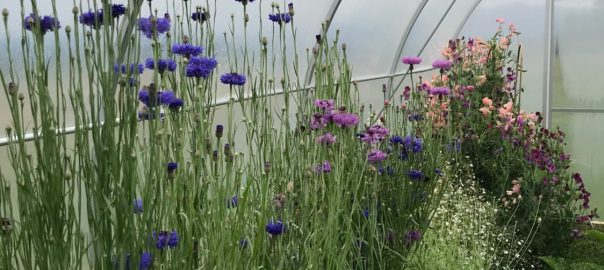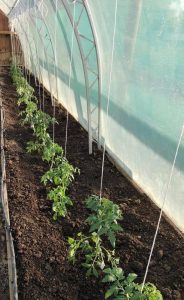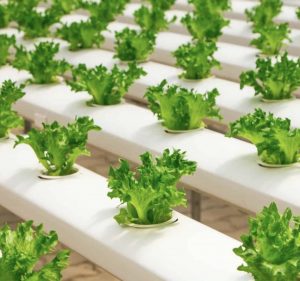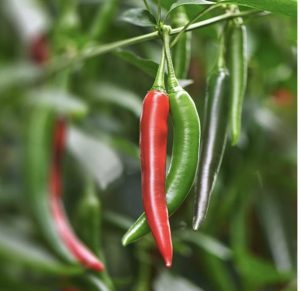
NOVEMBER IN THE TUNNELHOUSE – THE MARATHON BEGINS!
May 24, 2023
November in the tunnelhouse
Welcome to Morrifield’s monthly garden guide where we go undercover to bring you the best tips and tasks for great greenhouse growing. Late spring sees undercover gardeners embarking on the marathon task of building up seedlings into strong plants that will see the season through, and produce a bumper crop on the way. By pampering, pruning, and protecting, we can all look forward to delicious produce from our heat-loving plants, and a season of undercover fun!
Morrifield’s Gardening Zones
Our long maritime country is filled with exciting microclimates. That means your gardening zone may be quite different to your neighbour’s, just a few kilometres away. Use our simple descriptions to help gauge which undercover zone sounds like you!
Zone 1 (Warm Winters, Hot Summers)
Zone 2 (Mild Winters, Hot Summers)
Zone 3 (Cold Winters, Mild Summers)
Zone 4 (Severe Winters, Hot Summers)
Top Tasks Around the Country
All zones
Tailor-made feeding
Tunnelhouse plants require specific feeding depending on their stage of development. At this time of year, quick results are required to help build up a plant’s foliage, and strengthen its stems. Fast nutrient uptake is best delivered via liquid feeds, and fertilizer (organic or inorganic) should favour a slightly higher ratio of nitrogen to phosphorus and potassium. Organic growers using animal manure to provide this, should make sure it is at least a year old. If it’s fresher, there is a risk that it will damage your plants’ roots and foliage. If in doubt about the age of manure, choose horse manure which is less nitrogen high, and therefore unlikely to cause problems, even when relatively fresh.

Zones1 & 2
Mulching musts
The season is hotting up, and soil temperatures are looking good. That’s your signal to bring in the mulch. When young seedlings go into the tunnel house, mulch can prevent the sun reaching the soil, and slow down the warming up of the ground. But from now on, the increasing warmth will evaporate moisture from the ground – a problem for two reasons. Firstly, all that moisture goes into the greenhouse, increasing humidity and inviting fungus to take up residence. Secondly, shallow-rooted plants face drying out before you can get round to the next watering cycle. Mulch will help reduce evaporation but before you invest in it, be sure to check it hasn’t been exposed to glyphosate. This chemicalt, even in minute quantities, is highly toxic to many plants, especially tomatoes. Once tomato plants are exposed to it, there is no way to save them.
Two stems are best!
Nipping out laterals on indeterminate (vine-varieties) of non-grafted tomato plants is essential if we want our plants to produce as quickly as possible, and put their energy into flower and fruit production rather than foliage. And November is the time to be doing this. But here’s the thing: research shows that we get a 10-15% increase in harvest from greenhouse tomatoes if we allow two stems to grow from the one vine instead of one. So, as you de-lateral, consider leaving one side branch on the plant, close to the base of the vine, to grow into a second stem.

Spacing
The traditional advice is to space greenhouse tomato plants 45-50cm apart. But that’s not necessarily the best advice for you! If you prefer smaller tomatoes, but lots of them, plant your seedlings closer together. If you want larger tomatoes, and fewer of them, stick to the traditional spacing. Smaller tomatoes are desirable for salads or if your household consists of just one or two people. On the other hand, large fruit are useful for stuffing or saucing. Whichever way you look at it, it’s good to know you can have some control over your harvest.
Zones 3 & 4
Keep them cosy!
Late spring is the time to double the value of your undercover growing space. Most growers will by now have their heat-loving seedlings planted out in their tunnelhouses, but because these plants are still babies, there’s loads of space in between them – space which can hold heat-lovers that can manage life outdoors once the world warms up. We’re talking pumpkins, zucchini, outdoor tomatoes, pepino, Cape gooseberry, and the like. Grow these plants in disposable bags filled with rich, free-draining compost (disposable bags can include hessian sacks, past-their-best fabric supermarket bags, plastic grow bags, and old compost bags with holes cut in their base). Place the bags between your tunnelhouse seedlings. By the time your true tunnelhouse plants require more space, the temperature outside will have warmed up and your grow-bag plants can be moved outside. Either leave them to grow on in their bags or, better still, dig a hole for them in a sunny spot in the garden. Pop the plant, bag and all, into the hole. Carefully slit the bag open and slid it out from around the plant – there will be little root disturbance, and the plant will have a head start on any others sown outdoors!

Head start!
If you live in one of the coldest parts of the country, it can be frustrating to know that others have planted out their tunnelhouse while your seedlings are still 2cm high on the window ledge! But greenhouse hydroponics can give you the head start you’re looking for. There are simple beginners kits available at garden centres to get you started, or you can go DIY with your own creation. By introducing a water-heating system into the equation (and raising your growing solution to 16-18°C) you can extend your seasons even further. Factor in thermostatic control, and you also won’t be caught out with a late frost. Some cold-region greenhouse hydroponic growers report that they are eating their tomatoes in December. Now, that’s inspiring!
Don’t cook me too soon!
While summer is still on its way, undercover growers can get a little over-excited about the heat being generated in their tunnelhouses. Take advantage of it, but remember that, even in spring, temperatures in the greenhouse can quickly rise to unhelpful levels if ventilation isn’t adequate. Once temperatures rise above 27°C (and a greenhouse thermometer will help you gauge this), many greenhouse plants begin to suffer. So, make it a routine to open ventilation as soon as you get out of bed in the morning. If this isn’t practical, and you have the means, think about installing additional ventilation. Early morning is the time of day when birds are actively feeding, so be sure to have a screen door or net covering on the door of your greenhouse to keep them out. Leaving vents open during the warmer months will not affect your plants. Just remember to shut vents and other ventilation down in case of an unexpected cold snap or storm.
Sow me undercover now

All zones
Basil, cucumber, chilli, ginger, lemongrass, turmeric, tomato.
Zone 3
Cape gooseberry, cucumber, sweetcorn, dwarf beans, lettuce, pumpkin, zucchini.
Zone 4
As for Zone 3 and also including: annual flowers, chilli, cucumber, brassica, leeks, spring onion, potato, tomato, zucchini.
Transplant me undercover now
Zones 1, 2 & 3:
aubergine, capsicum, chilli, cucumber, melon, passionfruit, tomato, zucchini.
Zones 3 & 4
Citrus, grape
Zone 4:
lettuce, spring onion, zucchini.